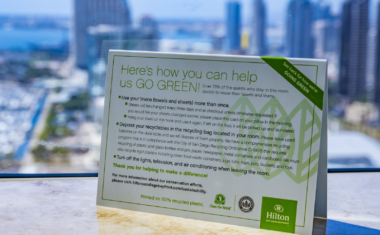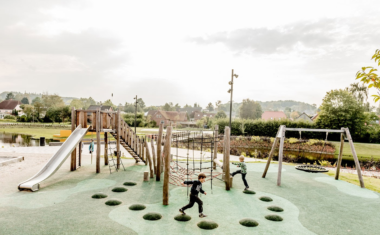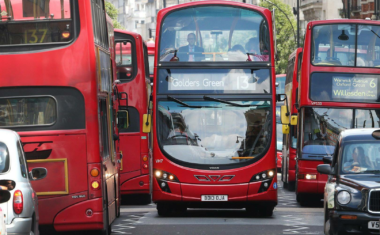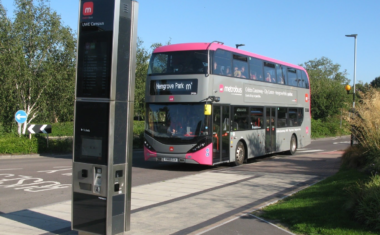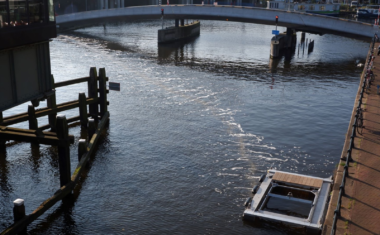Automated Waste Collecting System (AWCS)
- 10
- 4 min to read
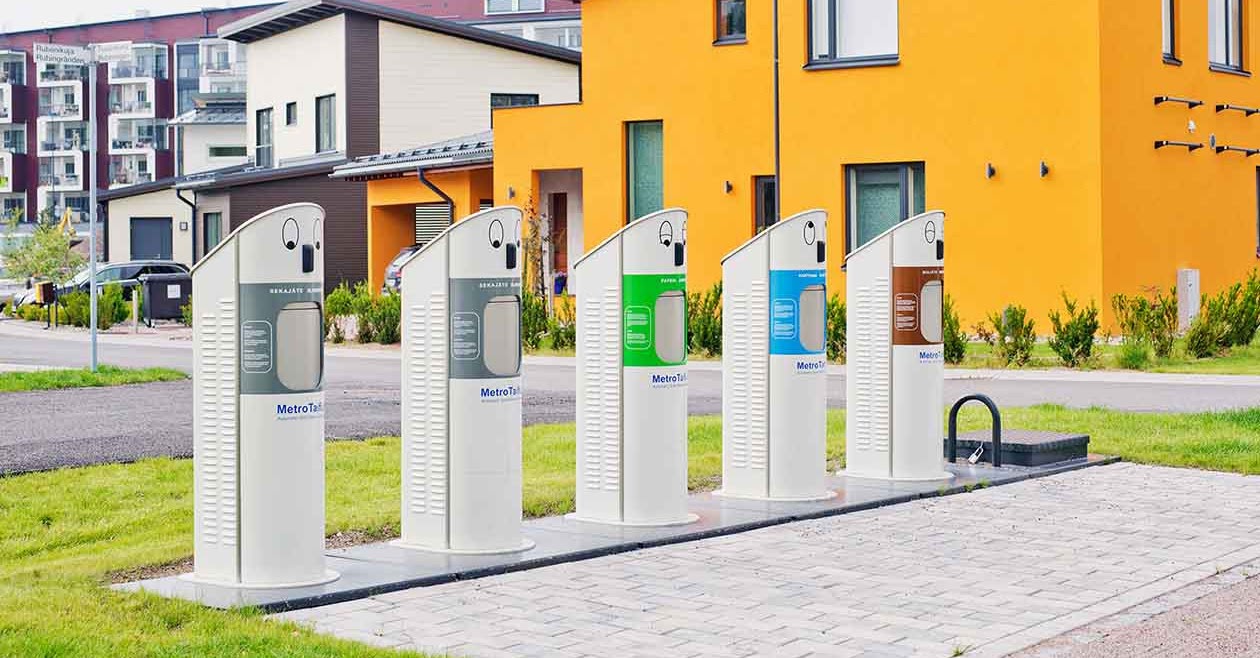
About the city. As part of the Grow Smarter project in Stockholm, an automated waste collection system was introduced in the existing city’s districts.
Goal
The aim of the project is to demonstrate a smart waste and cost-efficient solution for residential areas.
Implementation period. AWCS has been implemented in 2017.
Fact
Many European cities need to increase the level of waste disposal in multi-family residential areas. Generally, the recycling rate in such areas is about 15% or lower, while the national average recycling rate is often 50% or higher. Restrictions on space and availability for implementing recycling, as well as means of providing continuous information and instant feedback on correct behaviour, are challenges for achieving higher levels of recycling.
Solutions
The smart waste collection system program implemented a combination of sub-solutions, including Optical Sorting Technologies, Introduction of Automated Waste Collecting System in an Existing Neighborhood, and Waste Collection Statistics for Individual households/businesses. This usage example focuses on AWCS (automated waste collection system).
Residents divide their waste into separate coloured bags. Various waste streams are then transported by suction through an underground pipeline network to a collection station located outside the central part of the city.
Challenges
- The challenge with using conventional Automated Waste Collection Systems (AWCS) was the cost of installation, as well as finding a place underground to install pipes. Automated waste collection systems are usually only installed in new residential areas since these costs can be included in overall infrastructure costs. AWCS are initially more expensive than traditional waste management systems, but they have significant advantages when available.
- In Stockholm, there is a need to obtain permits for the construction of an automated waste collection system in an existing area. In this case, it is the responsibility of the industrial partner Envac. Since procurement procedures are quite complex and time-consuming, and complaints are often present during the development of tender procedures, the path from the grant contract to the start of construction work can be long, and this can lead to delays in the implementation of the project.
Team
Envac, Skanska
Timeline
By including WasteSmart in the GrowSmarter project, Envac stated that It reduced the number of entrances by 70% and increased the size of the collection station from what would have been 200m2 using a standard system to just 50m2.
If you notice an error or inaccuracy in our editorials, please email [email protected] so we can look into it.

